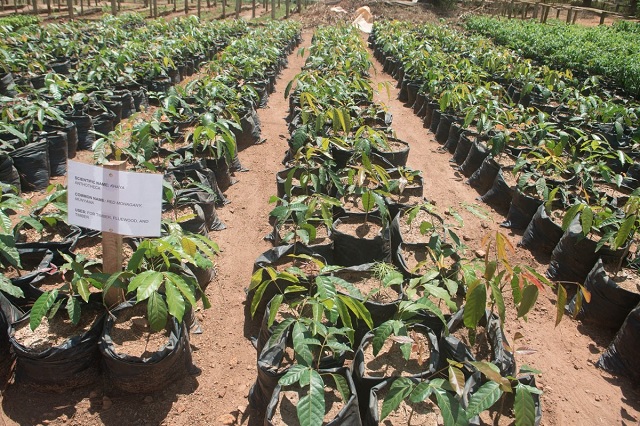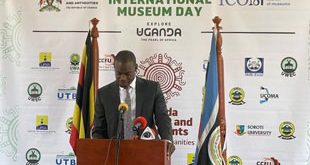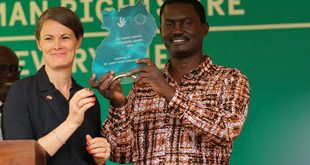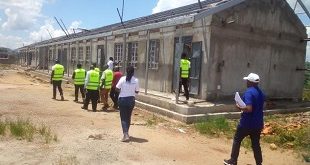
Fort Portal, Uganda | THE INDEPENDENT | Tooro Botanical Gardens (TBG), a conservation and restoration organization based in Fort Portal Tourism City is working with local communities to restore degraded forest reserves. TBG operates the largest native tree nursery in Uganda and produces almost 40,000 native tree seedlings every year.
Godfrey Ruyonga, the Director of Tooro Botanical Gardens says that they are currently working on restoring over 80 hectares of tropical forest in Kabarole and Kyenjojo districts, which are key in providing nature-based carbon removal solutions for Uganda.
He says that TBG has already restored 30 hectares of forest cover in Mbale Central Forest Reserve, 216 hectares in Kagombe Central Forest Reserve, and over 50 hectares in Rwamunda and Kakiri Forest Reserves.
According to Ruyonga, they have been worked with neighboring communities to bring degraded forest reserves under restoration and have given out 26 million tree seedlings to different communities since 2007 for planting. In 2018, TBG established four additional indigenous tree nurseries close to areas that were identified as high-priority sites for restoration using the Restoration Opportunities Assessment Methodology.
The project, run in collaboration with the Ministry of Water and Environment and is helping to ensure that Uganda’s restoration challenge pledge is delivered in a way that benefits biodiversity and improves livelihoods.
Gerevazio Twinomujuni, a beneficiary of the campaign says that the project has trained and employed more than 100 people from rural areas to collect seeds and propagate a diverse supply of indigenous tree seedlings. He says that outreach activities and collaboration with the government, NGOs, and other tree-planting organizations are helping them to drive demand for native species produced by these nurseries.
Working with the US Forest Service and the National Forestry Authority (NFA), the restoration campaign has delineated seed zones based on climatic factors, which can be used with the roam zones, to guide seed collection.
Ruyonga explains that apart from the main tree nursery at the gardens in Fort Portal, they have established other nurseries in Mbale, Kyenjojo, Kagadi, and Ibanda districts. More than 260,000 seedlings of 100 indigenous species have been produced by the nurseries so far to support genetically and species-diverse forest restoration.
In May this year, the government through the National Environment Management Authority (NEMA) drew up a 10-year environment restoration plan aimed at restoring the degraded environment. The plan focuses on the restoration of degraded ecological systems such as forests, wetlands, river banks, and lake shores
Approximately 41% of Uganda’s total area is facing degradation and part of this is forest cover. The degradation has been mostly due to human activities but has had a negative impact on the community and environment.
*****
URN
 The Independent Uganda: You get the Truth we Pay the Price
The Independent Uganda: You get the Truth we Pay the Price



Impressive work!